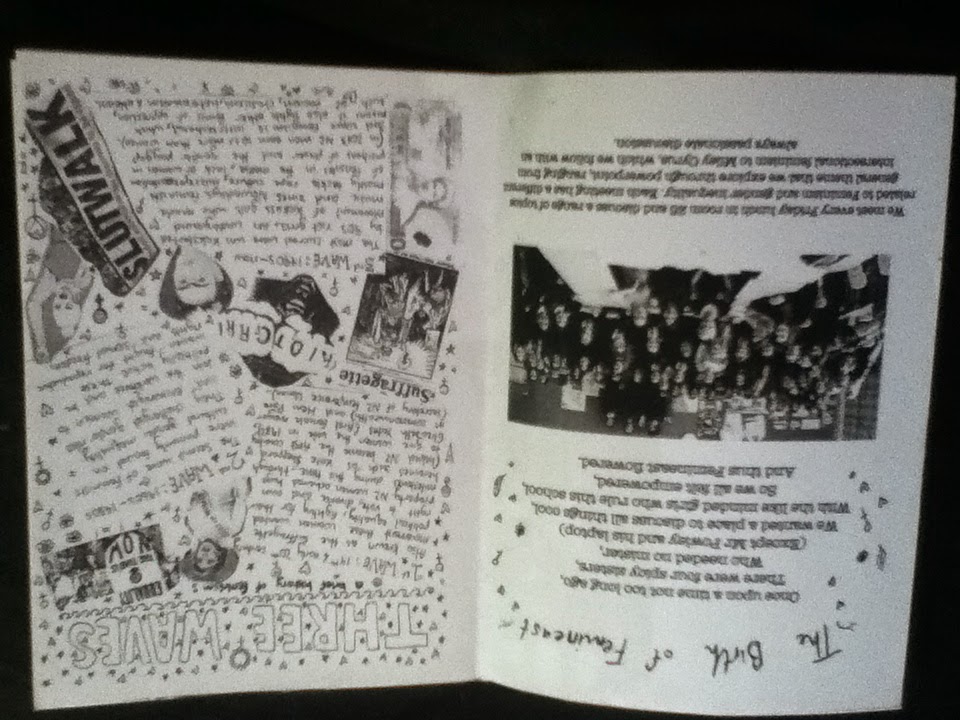1991. Wow, that date scares me. But that's when it started.
Primarily you’ve been a writer of comics with other people drawing them. How many many artists have you collaborated with over the years? Who have you collaborated with the most?
I have collaborated with so many artists I wouldn't know where to start counting. One recent project (Duck and Quail) had ten artists alone. At a guess somewhere between fifty and a hundred people. Recently, the most numerous collaborations have been with an artist from somewhere in the UK who only identifies himself as Skreem.
How many issues of Pistake did you produce? And when did you stop making them?
There were 12 issues of Pistake, the last one in 1994.
After Pistake finished Straitjacket Ninja had a story in Corn Stone's UFO#1, and the nutty ninja was also published in the US by Kitchen Sink in an anthology title. But aside from that I wrote only prose for a while that ended up in a variety of publications from the School Journal to US textbooks on the History of Science.
Is it easier to self-publish now than when you started?
Yes and no. Yes, you can web-publish easier. No, printing was cheaper in the 90s. All the early Pistakes were photocopied for next to nothing, which is why we sold them for next to nothing. Now even printer ink is expensive, making physical self-publishing a problem.
 When did you start your website? And can you give me a link to the home page so people reading this interview can check it out?
When did you start your website? And can you give me a link to the home page so people reading this interview can check it out?
www.virtuallycomics.com Um, it started a few years ago now ... not sure exactly when. 2011?
Do you use your website to promote your printed material or is it the other way round?
To promote my website. I can make some cents out of my website. I lose some dollars from the printed material.
You have two major works involving Playmobil figures, One of which is Utterly Rucked which I believe is available as a six booklet set. Will you be selling this at Zinefest? and can you give some background information on it?
Utterly Rucked is a horror/whodunnit/comedy about a rugby team getting slaughtered one-by-one while touring NZ. It was done after watching a terrible Australian cricket horror movie, and me saying I could have written something better that that. My wife said, "Okay then, prove it." My family helped me make the comic by sewing little rugby jerseys, making props, and helping with the photo shoots. It will be available at Zinefest, along with some postcards.
 The other major playmobil story on your website is 'Character Development’. Whats that about? And how many pages is it now? Are there any plans to print that out or is it too big?
The other major playmobil story on your website is 'Character Development’. Whats that about? And how many pages is it now? Are there any plans to print that out or is it too big?
Character Development is a fantasy parody tale, currently on hiatus. It's over 1200+ pages, so too big to print. There will be a sampler comic available at Zinefest that has three episodes that make up the Game of Scones storyline. New pages of Character Development will start being posted again in 2015.
Your current project appears to be ‘All unicorns to battle stations’, which you draw your self. Can you tell the readers something about that project?
It should be subtitled "David learns how to draw". It's main purpose is to make me draw everyday. It started out as 'cute' tales of my family, but now various other random things squeeze themselves in there as well, such as a celebrity agent who is managing Jesus on his second coming, and some animals fighting aliens on the moon. Two collections of AUtBS will be on sale at Zinefest.
Do you have any other zines on sale that you’d like to bring to our reader’s attention?
I'll be selling some other bits a pieces, including Tortured Plastic, which was a one-off collection of various collaborations with three artists. Duck and Quail, which collects 80 strips that appeared on the Drunk Duck website, drawn by ten different artists. There should also be some other stuff if I get myself sorted out in time.
I'll be selling some other bits a pieces, including Tortured Plastic, which was a one-off collection of various collaborations with three artists. Duck and Quail, which collects 80 strips that appeared on the Drunk Duck website, drawn by ten different artists. There should also be some other stuff if I get myself sorted out in time.







